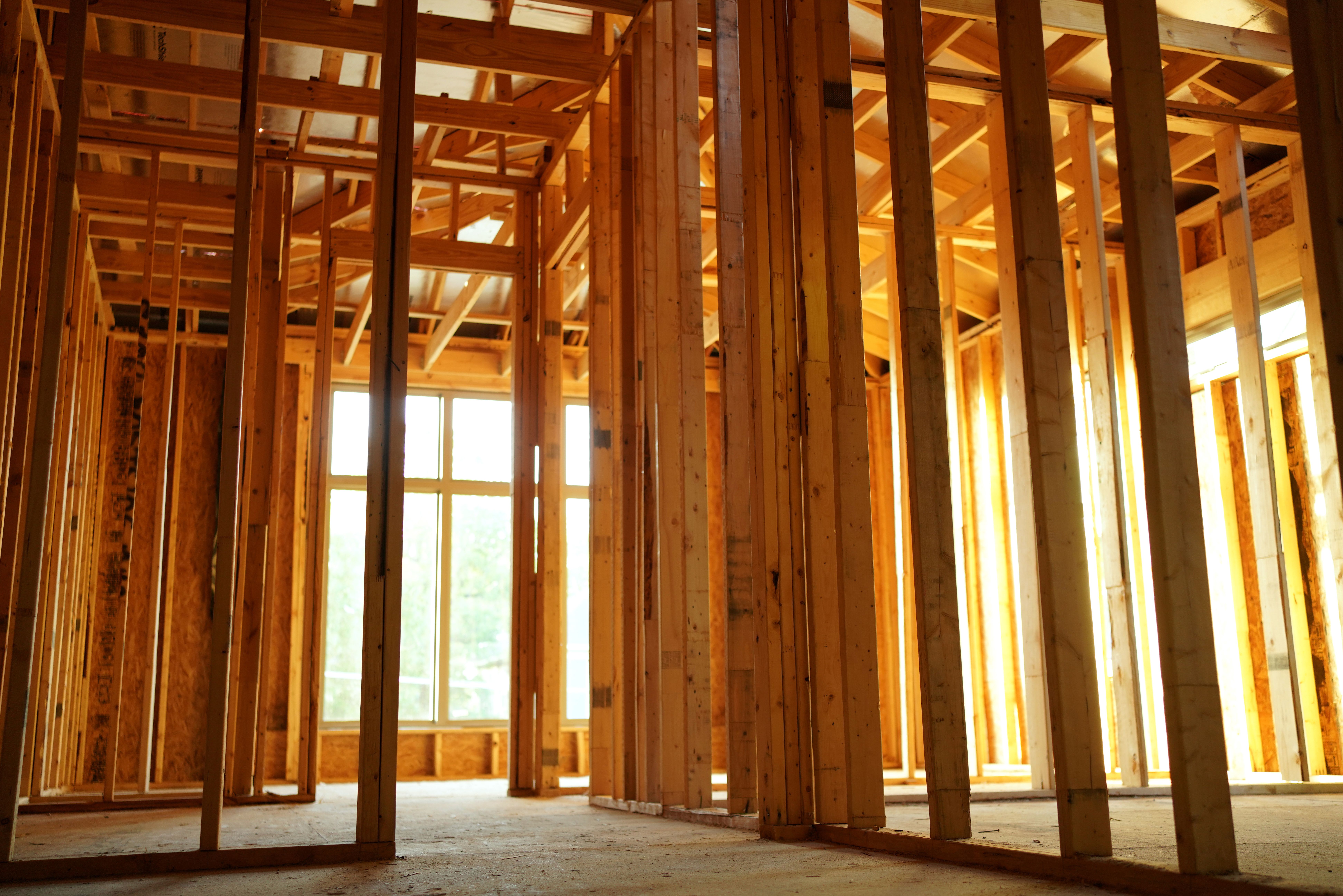Housing Industry Trends in 2022 and the Future
Read the featured articleThe COVID-19 pandemic led to many changes in the housing market and as we leave the era of the pandemic, it’s important to look at the new trends that have emerged.
To understand today’s housing market, we first have to look back at recent trends. Prior to the 2020 COVID-pandemic and subsequent lockdowns and complications, the US went through a recession in 2010. This led to a number of consequences for the housing market:
- The quantity of builders declined, leading to a housing shortage when there weren’t enough builders to meet demand.
- Remodels were put on the back burner, slowing significantly.
- The recession forced many companies to lay off many workers, leading to a labor shortage.
The main issue can be summed up as the following: the inability of supply to meet demand. But throughout the decade, the market slowly recovered, only to be met with the catastrophic pandemic in early 2020.

The Pandemic’s Effect on Housing
COVID-19’s negative effect on housing is defined in two main points:
-
The pandemic invited in a new wave of job instability and layoffs that were largely unexpected. As more people left their jobs, the disposable income in circulation decreased and fewer people were in a position to remodel, build, or buy property.
- Just like in the early 2010s, the crisis created supply chain issues. For those that were able to remodel or build, they ran into serious supply chain issues, waiting up to months for essential supplies.
However, the pandemic did bring other significant, positive changes to the housing industry. As remote work grew in popularity, people realized that there was no longer a need to live in cramped, small cities and started moving to suburbs and even choosing to build their dream homes or remodel their existing homes to create at-home office spaces and add the things that would make their home more comfortable.

The Future of the Housing Market
With the extremely low interest rates of 2020 and 2021, 2022 will actually bring more balance to the market, lowering demand and therefore equalizing housing supply and demand. Although it can seem almost impossible, this market could be a great time to invest in smart and innovative properties or projects where you can use new technologies to create sustainable, custom, and affordable properties. Here’s why:
-
The market is volatile: this means that we don’t know how the market will react to new developments in coming years. Although it’s not perfect right now, interest and mortgage rates could increase, making now the best time.
- Building a house is a long-term investment: with higher prices, buying a less than ideal home with the intention of later building their dream house may not be an option for many potential clients. Choosing to directly invest in a long-term, custom house is attractive for those intimidated by the market’s volatility.
At Garnica, we’re proud to offer the materials you need to meet your client’s most demanding projects with sustainable and local products from our plantations in Spain and France. If you’re ready to get started, find your closest distributor here.
